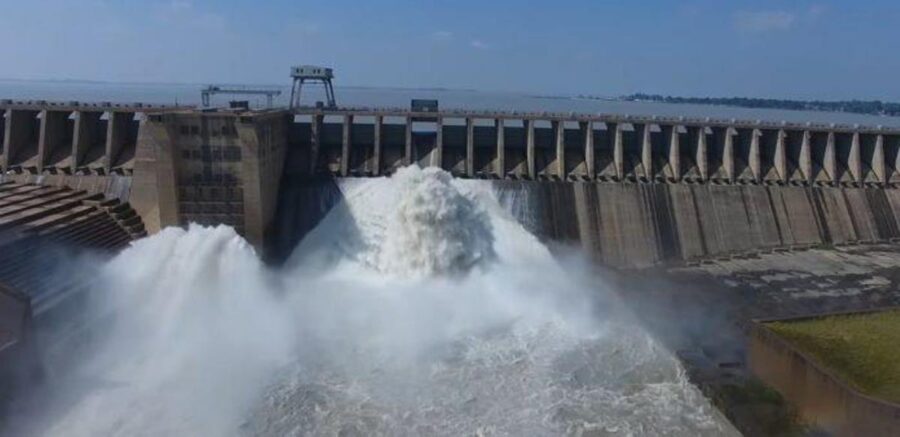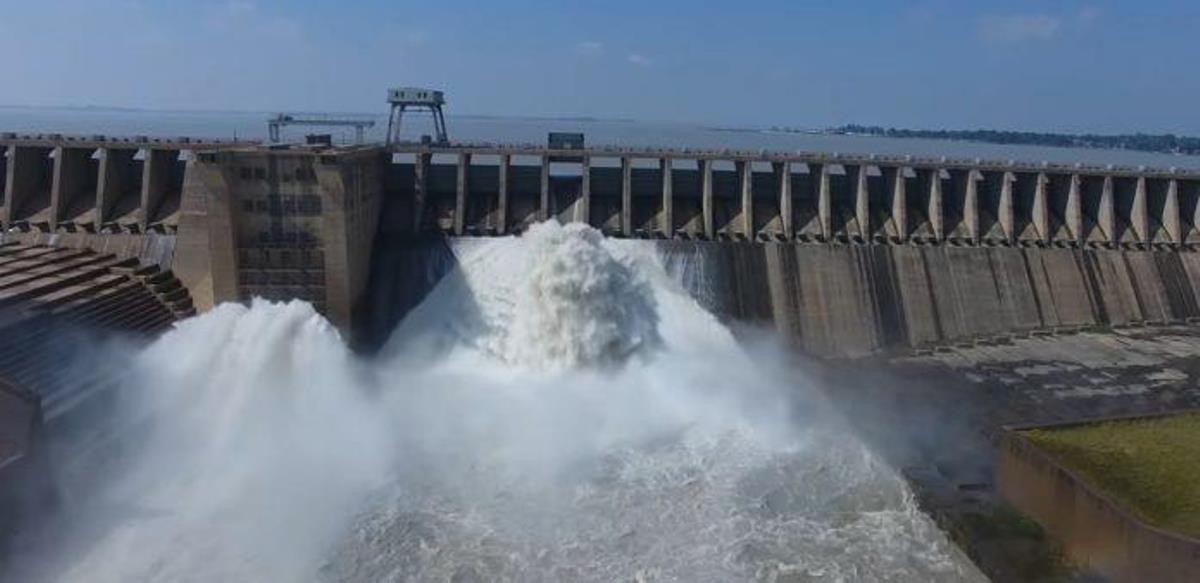
Summer Rains Boost Dam Levels in Parts of South Africa
The recent rains that soaked most parts of the country have made a significant impact on water levels in some parts of the country, particularly the national average, according to the Department of Water and Sanitation’s weekly state of the reservoirs report, which shows the impact of summer rains in some areas. In a statement […]

The recent rains that soaked most parts of the country have made a significant impact on water levels in some parts of the country, particularly the national average, according to the Department of Water and Sanitation’s weekly state of the reservoirs report, which shows the impact of summer rains in some areas.
In a statement on Thursday, the department said this week’s report shows that water stored in the country’s reservoirs is at 88.7% this week, an upsurge from 84.6% last week.
“In Gauteng, the Integrated Vaal River System, with 14 dams, has recorded a meaningful increase, moving from 91% last week to 95.7% this week. The system was notably boosted by dams such as the iconic Vaal Dam, which is stable at 103.4%. The reserve dam, Sterkfontein, is equally full at 100.8%,” the department said.
In contrast, one major system in the Eastern Cape, the Algoa Water Supply System with five dams supplying water to Nelson Mandela Bay and surrounding areas, is still struggling to recover at 17.9%.
Kouga Dam recorded 15.6% this week, while Groendal Dam is at 24.6% and Impofu at 15.7%. The Amathole Water Supply System, with four dams supplying water to Buffalo City and Amathole District, is equally low at 29.8%.
As some areas across the country have not yet recovered from the drought effects, the department has reminded all water users that South Africa remains a water-scarce country and efforts need to be doubled to inculcate the culture of saving the available water resources in efforts to ensure water security.
The department said its also aware of communities facing water shortages due to various challenges faced by Water Service Authorities.
Meanwhile in the Free State, the Bloemfontein Water Supply System, with four dams supplying water to Mangaung, has received a massive boost, climbing from 44.8% last year to 95% this week.
Rustfontein Dam is at 102.3%, while Groothoek is at 101.5%.
“The Polokwane Water Supply System, with dams supplying water to Polokwane and surrounding areas, is at 90.8% this week. In the system, Flag Boshielo Dam is at 88.7% and Ebenezer Dam is at 96.5%.
“Still in Limpopo, the Levuvhu Water Supply System, with dams supplying water to Thohoyandou and surrounding areas, is stable at 99.9% this week. Nandoni Dam is full at 101.6%, Albasini Dam is at 98.5% and Vondo Dam is at 92.4%,” the department said.
In KwaZulu-Natal, dams in Umgeni Water Supply System such as Spring Groove recorded (78.5%), Inanda (83.6%), Midmar (88.3%) and Nagle (92.2%) are stable. (Yesterday a freak thunderstorm hit Pietermaritzburg causing flooding and hail damage.)
As a result, the system is equally stable at 73.2%.
In Mpumalanga, the provincial water storage is at 87.4. Dams such as Witbank, Middelburg, Loskop are stable at 93.4%, 95.7% and 102% respectively.
The North West provincial water storage is at 71% and the Crocodile West Water Supply System, with dams supplying water to the province, is stable at 90.8%.
“The winter rains experienced in the Western Cape have left the Cape Town Water Supply System in a stable state at 96.4%. Some of the dams in the system such as Voëlvlei, Berg River and Theewaterskloof recorded 93.5%, 98.6% and 98.1% respectively,” the department said. – SAnews.gov.za
